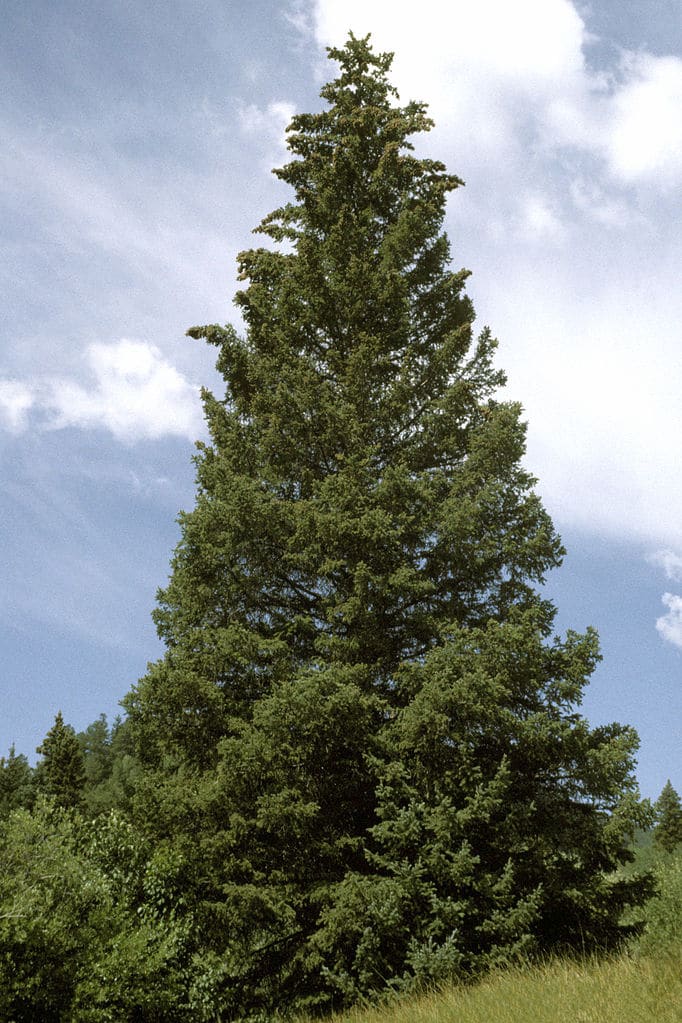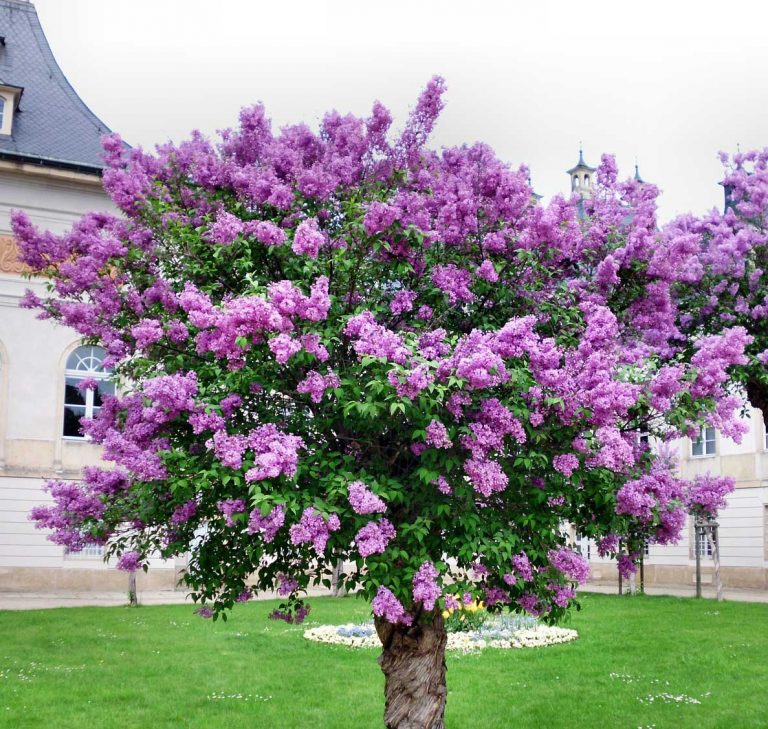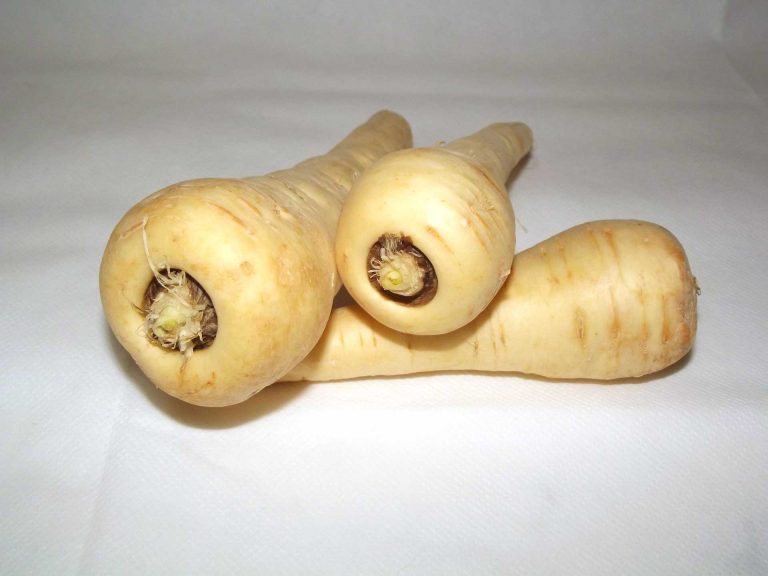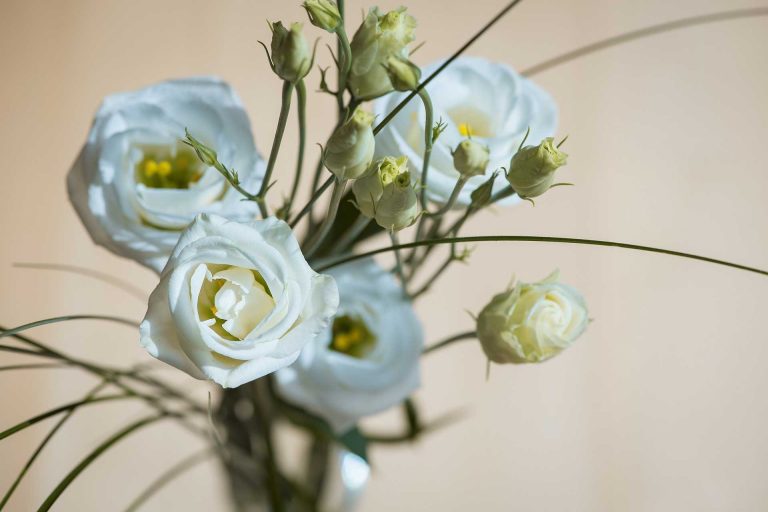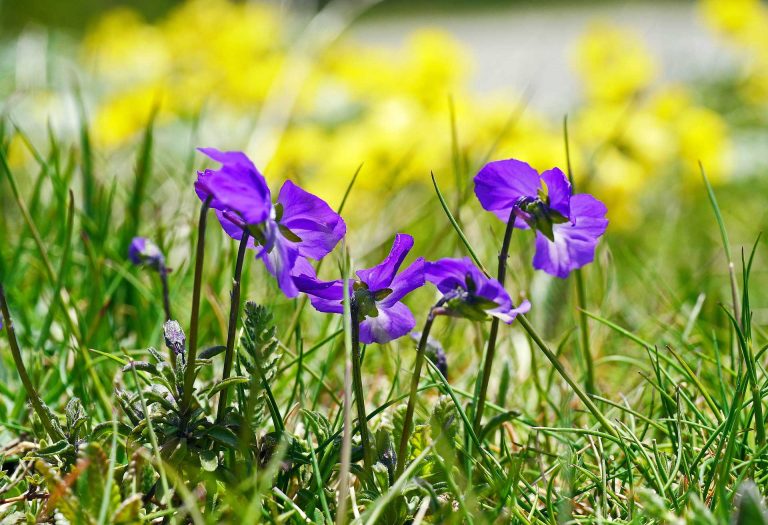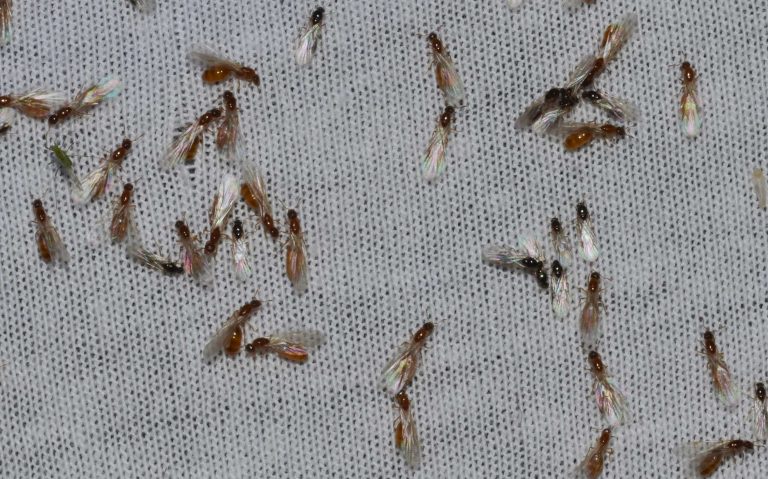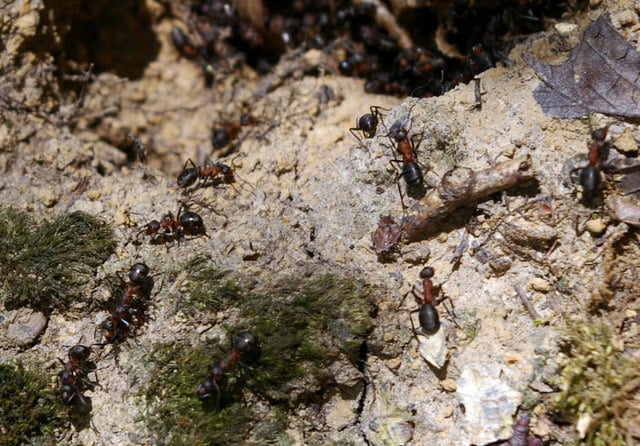Colorado Blue Spruce
Scientific Classification
| Kingdom: | Plantae |
| Order: | Pinales |
| Family: | Pinaceae |
| Genus: | Picea |
| Species: | P.pungens |
| Class: | Pinopsida |
| Division: | Pinophyta |
The blue spruce tree is also known as green spruce, white spruce, and Colorado spruce. Its scientific name is Picea Pungens and grows about 75 feet in height in the wild. It is a conical evergreen tree that is also a state tree of Colorado State and Utah. The pyramidal shape of the blue spruce tree makes it a good choice for a Christmas tree. From 1939This tree is known for its symmetrical, majestic, form and it is also popular for its beautiful silvery blue color. It is a popular ornamental tree. For planting blue spruce trees December month is ideal. It is a very attractive and beautiful tree.
Anatomy
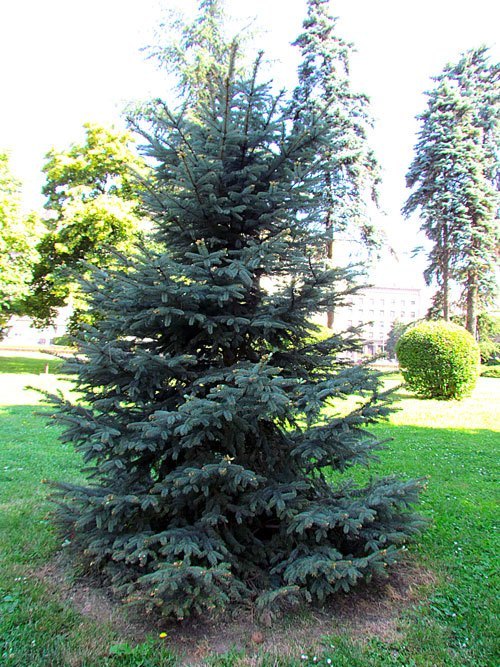
Photo by: Gmihail
Blue Spruce trees are conifer and have horizontal branches. The trunk has a gray bark. The leaves are waxy gray and green and arranged on the shoots. The branches of blue spruce are wider at the base. Because of their shape and size they are most attractive landscaping trees. Its pyramid shape catches snow during winter months. When planting, the growth rate is very slow for the first 3 to 5 years but will increase yearly. The wood of this tree is soft, brittle and light weight, and in color, it is light to pale brown. Both female and male flowers can occur on the same tree. In the late spring season pollination can occur. It cannot produce flowers, it produces cones. At maturity these cones are brown in color. The twigs of this tree are stout, hairless and white colored.
Habitat
The blue spruce tree is native to the Rocky Mountains, but its natural habitat lies in central Colorado, Rocky Mountains, Utah, New Mexico, Idaho and Arizona. It is grown in high Altitudes, growing along mountain valleys and stream sides. These trees naturally occur from Idaho Southward and western Wyoming to central Colorado and Utah. In deer country they are valuable. Their strong aroma and prickly texture make them deer resistant.
Uses
The Native Americans use the tree as a medicinal plant. It is also used as a ceremonial item. To bring good fortune, its twigs are given as gifts. To settle the stomach and treat cold infusion of needles are used. Blue spruce is an evergreen tree. It is also used in landscaping by many homeowners in the United States. Because of its large width and height, blue spruce tree makes a screen and wind break on the landscape. Its seeds are good food for rodents, squirrels and birds. But is has limited wildlife value. It also provides cover for these birds, rodents and squirrels. During the winter season, the wood of this tree serves as firewood. Its dense needles and extensive branches are used as homes for different types of birds. This tree’s leaves are also used for stuffing pine pillows.
Soil
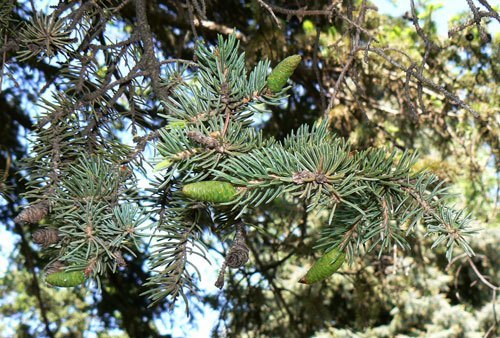
Colorado Blue Spruce Needles. Photo by: MONGO
The blue spruce tree requires full sunlight. They prefer moist and fertile soil. They do not require pruning. Sandy soil is also ideal for these trees. As they are drought resistant, they can survive in poor soil. It can also tolerate clay or loamy soil but cannot tolerate flooding. They are shade tolerant and grow well in gravelly, rich, deep soil. Except in the month of winter, Fertilizer is required once in a month. It is good for good growth.
Watering
These trees regular weekly watering. In extreme heat temperatures, they require watering daily. In heavy shade it can grow very slowly. Slow release fertilizers are good for them. When soil appears dry, water is necessary for better growth. Otherwise the plant becomes weak and the leaves may fall.
Pests
An aphid like insect and two species of Adelges attack on the Blue Spruce tree. They can cause gall. It is also infected by Mites in the dry summer season. They can cause yellowing on the old needles. Spruce beetle is another insect pest than can bore under the bark of the tree. Scale insect pests feed on the needles and can cause fluffy white patches on the twigs. From the needles, the aphids also suck sap and may cause dieback (a plant disease resulting from infection by Phytophthora). When the tree matures, Cytospora canker may attack on the lower branches of the blue spruce. Yellow Headed Spruce Sawflies, Spruce Needle Miners, Spider Mites and Pine Needle Scale Pests can cause damage to this tree. For controlling these pests, mulch, soil and moisture is ideal.

Having discovered a fondness for insects while pursuing her degree in Biology, Randi Jones was quite bugged to know that people usually dismissed these little creatures as “creepy-crawlies”.

